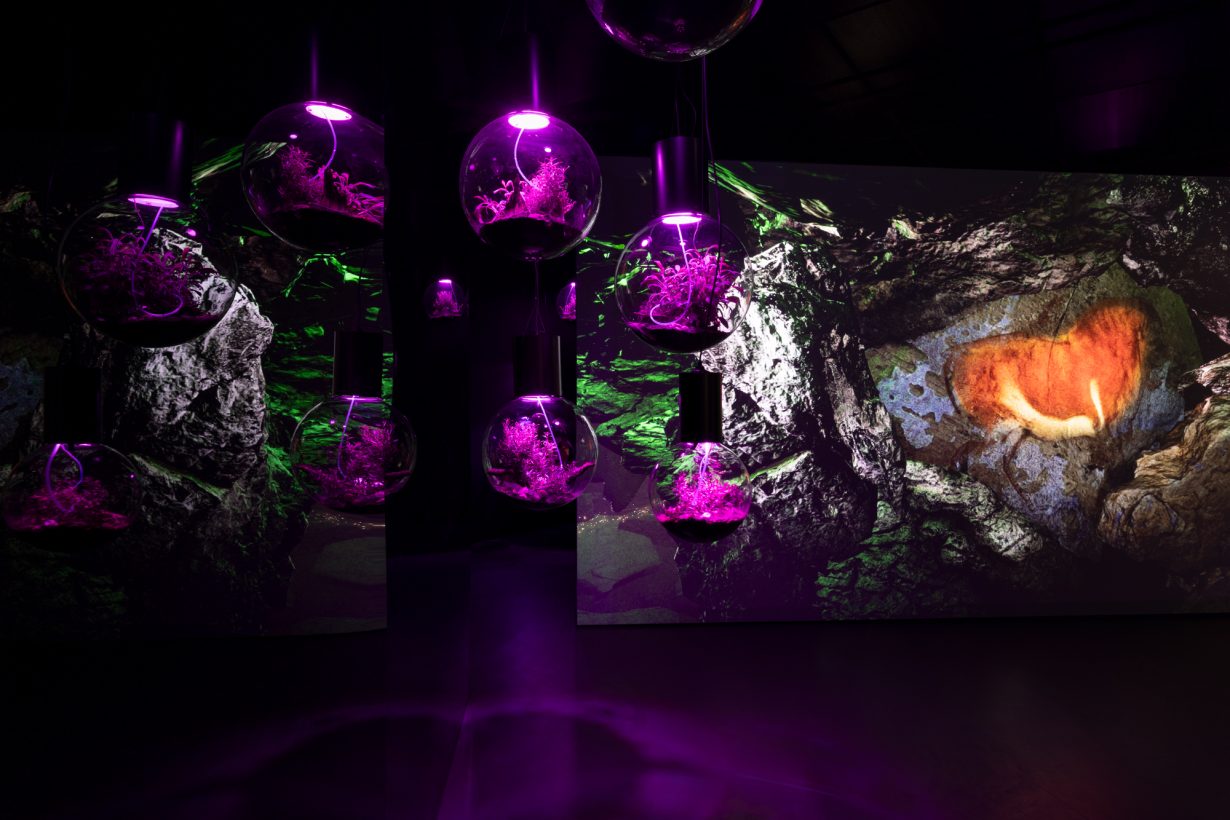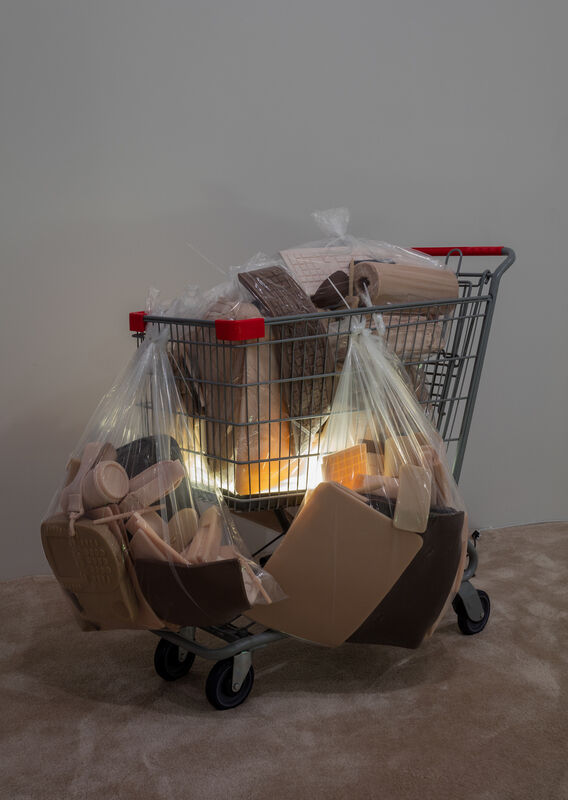Art has long looked to the recent past for inspiration, but might the return of post-Internet art just be too much, too soon?
The commonsense definition of contemporary art is that it’s always looking forward; in reality, however, it’s most likely looking back. Since the 1990s, the retro cycle in art has been broadly predictable: artists would look at what their predecessors of approximately 30 years ago were doing and put some kind of contemporary spin on it. Relational aesthetics, which owed much to the communally minded experiments of 1960s art, was followed in the early 2000s by a fair bit of droopy neo-postminimalist sculpture redolent of the early 1970s. In 2007 the Argentinian-British artist Pablo Bronstein told me he was racing to finish a guide to London’s then-unloved postmodernist architecture before the inevitable Po-Mo revival hit; he could see it in students’ work already, he said. The three-decades-or-so rule we’ve had for three decades or so, though, scans in retrospect as a quickening of the last century’s intermittent revivalist trends: the Neo-Dadaists in the late 1950s were looking back four decades; the neo-geo and neo-expressionist artists of the 1980s were looking back six or seven. Like everything else, artistic recycling is broadly speeding up.
Right now, then, you’d expect young artists attempting to get ahead of the game to be sizing up late-1990s/early-2000s aesthetics. But there’s a problem, a circular one: to do so would be to revive various types of revival. Maybe some people are trying to thread that needle, or maybe art’s bleeding edge has shifted to meme production or whatever. Revivalism, meanwhile, hasn’t so much dissolved as weirded, gone unpredictable. Recently, looking back not three decades but nine, we’ve had a lot of neo-Surrealism, underwritten by art institutions progressively and influentially widening the canon of modernist art beyond the output of European and American males (see the touring show Surrealism Beyond Borders, 2022, and the last Venice Biennale). There also seems, of late, to be quite a bit of Abstract Expressionism 2.0 about. Meanwhile, a different manner of returning may be glimmering, led not by artists but by galleries. Things are coming back that haven’t even fully left the present.

For a long time it’s been a truism that nothing looks worse than the art of 10 or 15 years ago; typically, it feels old, but not old enough to be pleasantly haloed by nostalgia, or for people to misremember the time it came from – if they were even there in the first place. Many artists experience a midcareer slump precisely due to this yesterday’s-papers rationale. But currently, it appears, the superabundance of ahistorical painting in galleries is making anyone not profiting from it go a little crazy, and there’s only one novel-looking thing left to bring back. This, at least, might explain why in Berlin, where we just had a Gallery Weekend – traditionally a moment for galleries to roll out significant-looking shows – it’s like the heyday of post-Internet art all over again, like the day before yesterday (ie 2011) once more.
To wit: Timur Si-Qin is showing at Société, Yngve Holen at Neu, Cao Fei at Sprüth Magers, Hito Steyerl at Esther Schipper. Some of these artists have never gone away, obviously, but others feel newly exhumed, and the synergy is notable. In the German capital, an incubator of the scene the first time around, this feels to have been building awhile; the Schinkel Pavillon in particular has been rehabbing post-Internet artists of late, showcasing Jon Rafman and Anna Uddenberg last winter and, earlier this year, the New York collective DIS, whose generation-specific curating of the 2016 Berlin Biennale did much to halt the movement’s momentum. Meanwhile, in New York, another green light: scene lodestar Josh Kline is being coronated with a Whitney Museum retrospective and the cover of Artforum.

Hitting fast-forward – although also, obviously, rewind – on the fashion cycle in this manner, if it’s happening and not a blip, would unquestionably constitute a move, seemingly one of few available right now. But it also kind of works, in theory. It feels appropriate that a cohort bound up with accelerationist theories would be treated to an accelerated return. And in Kline’s case, perhaps partly because he came up in a generation highly aware of the nostalgia process, a proportion of his art seemingly predicts its own future disinterment by hewing to an aesthetics of storage. Liquids stored in refrigerators; sculptures involving packing materials; lifelike human figures – ostensibly displaced by near-future automation – wrapped in transparent plastic. In March The New York Times called Kline ‘an artist for the end of the world’. That might be hyperbolic, but he might be an artist for the end of art’s present-day atavistic relation to the past, one who factored it in as a kind of endgame. Once the snake has fully consumed its own tail, though, what next? Well, we could all take a tip from the fashion world, which the artworld increasingly mirrors anyway: you don’t have to bring something back just once. And waiting 30 years? Try a couple of seasons.
